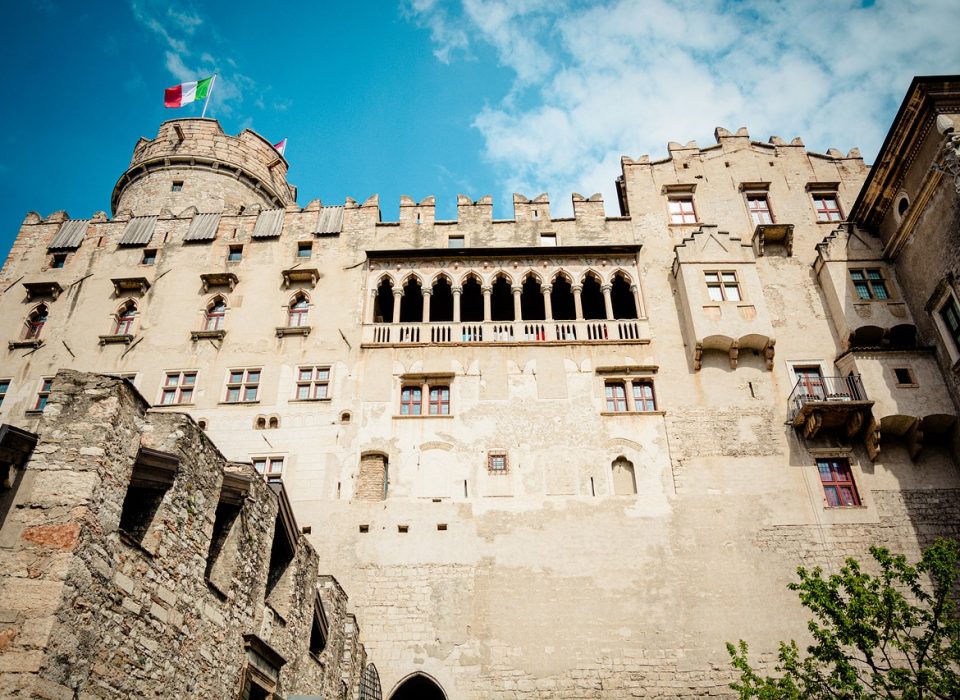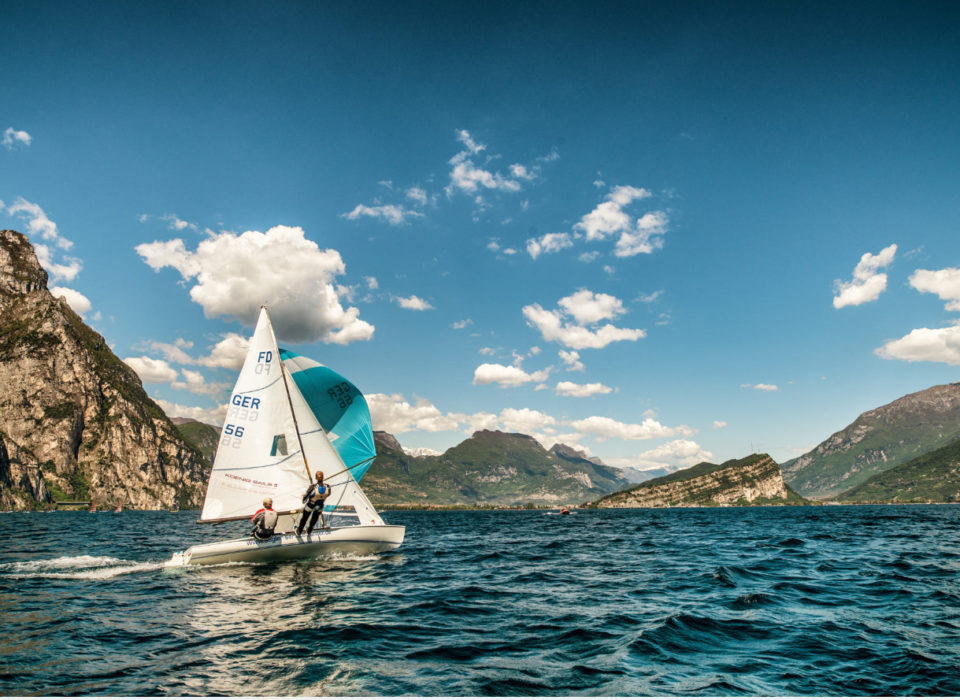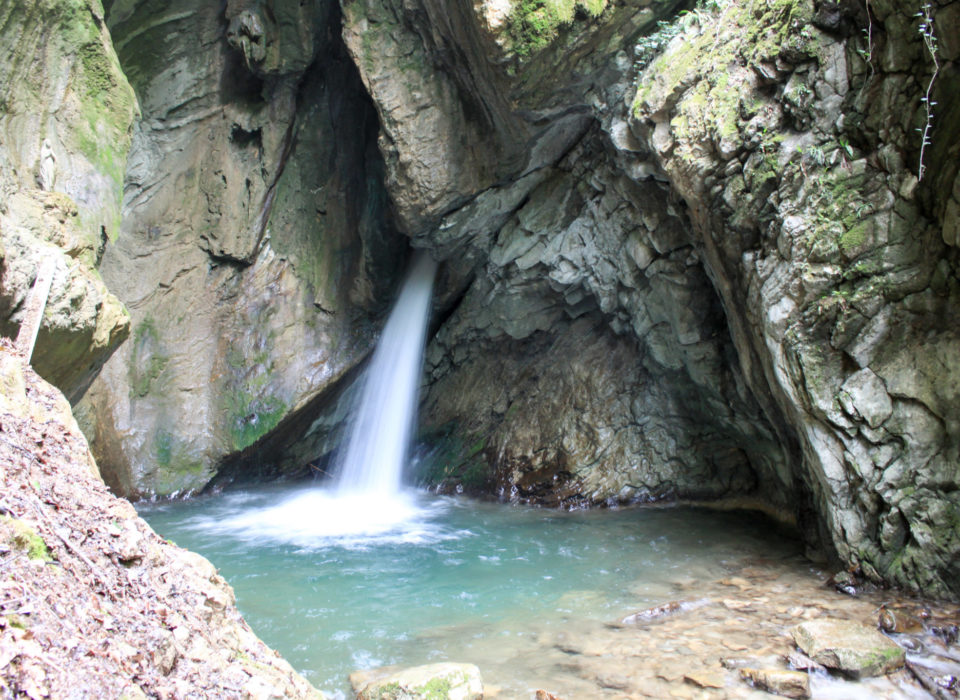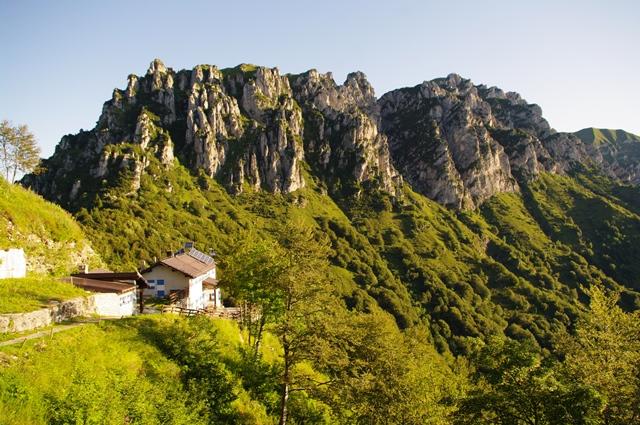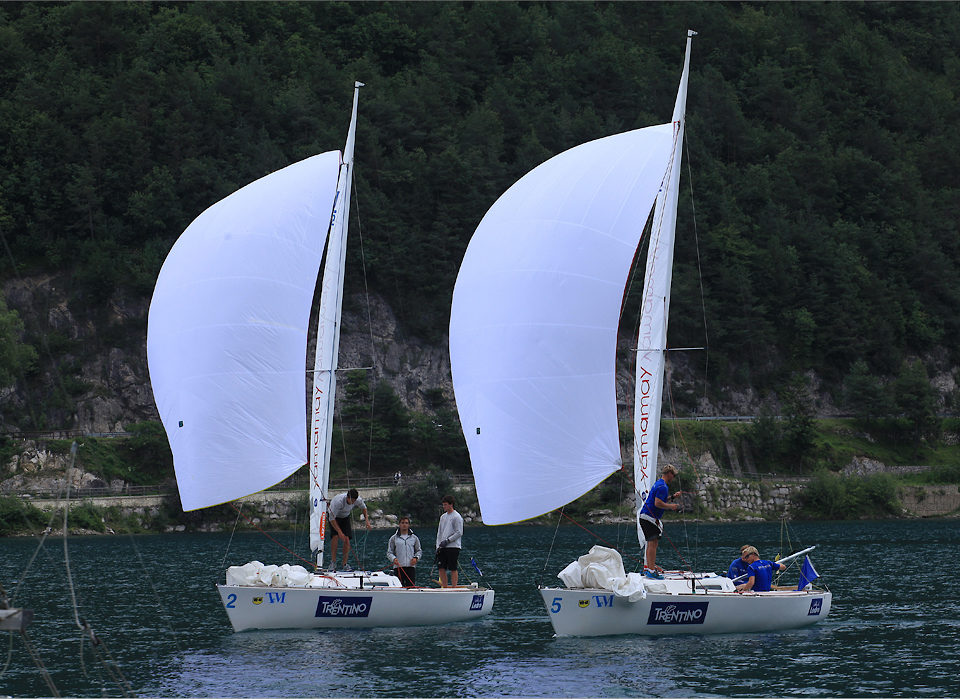The villages of the Ledro Valley: what to visit, information and tips
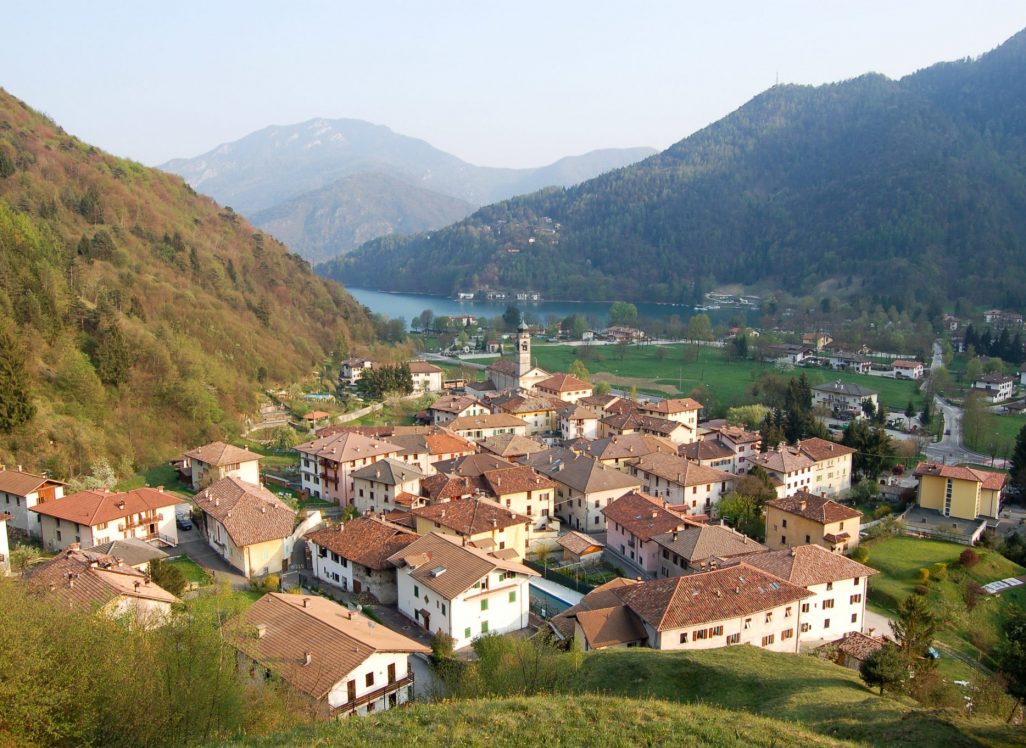
The Ledro Valley is a southwestern valley in Trentino which takes its name from its ancient inhabitants, Leutrenens to the Romans. It is a glacial prealpine valley running from east to west. Its center is Lake Ledro, turquoise heart of the valley with clear water where you can bathe and practice water sports.
The municipality of Ledro (5262 inhabitants) overlooks the lake and includes all countries of the Ledro Valley. We present them to you here!
The lake and the villages of the Ledro Valley
Going up from Lake Garda towards the west side, you reach the Ledro Valley, which is connected to Riva del Garda through the Ponale Road, realized in the mid-1800s with the construction of a tunnel of 3,6 km. As you go, you will find the various countries of the Valley:
Biacesa
Biacesa di Ledro is the first village of the Ledro Valley coming up from Riva. It is located at 660 meters above sea level. The name of the municipality is derived from the Latin bis caesa, twice cut, once by the road to the Ponale harbour, once by the road to Valle di Ledro. Here it is interesting to visit the Church of St Anthony, the little Church of St John above the village and the fortifications of the Great War, that wind through a specific path, along the Defensionsmauer.
Prè di Ledro
Prè di Ledro is situated about 1.5 km from Biacesa, at 488 meters above sea level, and it has 189 inhabitants. It has a special feature: every year the village welcomes the sun back (after its absence from November to February) with a feast (La Festa del Sole) that is celebrated at beginning of February. You have to see the Church of San Giacomo and the Forge of the ciuaröi, where the old tradition of making broche, shoe nails, lives still.
Molina di Ledro
The village of Molina di Ledro is located on the eastern shore of Lake Ledro, at 650 meters above sea level and it has 1557 inhabitants. Molina owes its name to the many water mills which used to exist and be powered by the Ponale stream. Not far from Molina di Ledro you will find the village of Legos.
The Pile-Dwelling Museum of Lake Ledro not to be missed: In 1929, more than 10.000 piles were found in Molina, testimony of the pile-dwelling settlement which used to exist on the shores of Lake Ledro during the Bronze Age, more than 4.000 years ago. But also the Church of St Vigil in Molina and the shrine of the Madonna delle ferle (i.e. Madonna of the crutches), above Barcesino, a locality of Molina, are worth a visit. Molina was also the birthplace of Andrea Maffei (Molina di Ledro, 1798 – Milano 1885), famous poet and translator.
Mezzolago
Mezzolago is situated about 3 km from Molina, at 665 meters above sea level and it is called the pearl of the lake due to its position on the shores of Lake Ledro, sheltered from the wind and sunny. The village is located at the feet of Monte Cima d’Oro (1802 m) and Cima Parì (1991 m) of the Alpi Ledrensi mountains.
Mezzolago hosted the famous poet Gabriele D’Annunzio, who came to Ledro in 1928 to trigger the charges that would destroy the last section of rock which separated the hydroelectric power plant in Riva del Garda from Lake Ledro, that were to be connected though a system of water pipes. A path, that we recommend for you to discover in the spring with flowering, starts from Mezzolago and climbs up to Malga Dromaè. It is a ring-shaped botanical path and has a length of 6km.
Molina and Mezzolago, together with Pieve di Ledro and Pur, offer the most beautiful beaches of Lake Ledro.
Pieve di Ledro
Pieve di Ledro is located on the western shore of Lake Ledro and it has 623 inhabitants. It takes its name from the Latin plebs, meaning the religious centre of a community: Pieve di Ledro is the seat of the municipality of Ledro. Not to be missed is a visit to The Foletto Pharmaceutical Museum, which tells the story of the production of medicines, liquors and syrups with the herbs and berries of Valle di Ledro. The photography exhibition La memoria in mostra (i.e. The memory on show) to discover more about the history of the village. To see also the Church of the Annunciation and the Oratory of St Joseph.
Many hiking trails start from Pieve di Ledro (we have already talked about them on the blog). You can find itineraries to explore mountain huts and shelters of the valley and easy walks, suitable for families with children.
Bezzecca
Bezzecca (697 inhabitants) is located just 2 km from Pieve, at the crossroads of Val Concei and Val d’Ampola. As a crossroads of valleys, Bezzecca is surrounded by the mountains of the Alpi Ledrensi network: to the northeast are the Monte Cadria (2250 m) and La Roda (2168m), to the southeast there are Cima Caset (1748 m) and Monte Corno (1730m).
Bezzecca is known for the Battle of Bezzecca, which saw in 1866 the Austrians against the Italians under the command of Garibaldi, and for the words pronounced by Garibaldi, Obbedisco!, I obey. There are many interesting things to see: the Colle di Santo Stefano with military memorial and trenches from the Great War, the Museum of Garibaldi and the First World War on the Lungassat, the Church of St Stephen and the little Church of Santa Lucia in pratis, outside the village.
Concei
From Bezzecca, moving northwards, you can walk through Val Concei, a natural valley surrounded by meadows and woods, an ideal place to immerse yourself in nature. Ascending from Bezzecca, you can find the district of Concei (820 inhabitants) divided into three villages: Locca, Enguiso and Lenzumo. You have to see the little Church of St Martin in Locca, the Church of the Presentation of Mary in Enguiso and the Church of St Silvester in Lenzumo. These churches can also be visited together with an easy walk of about 4,2 km.
Tiarno di Sotto and Tiarno di Sopra
And finally there are Tiarno di Sotto and Tiarno di Sopra (together 689 inhabitants), the largest villages of the Val d’Ampola, a small natural valley with its lake (Lake Ampola), now biotope. They take their name from the local dialect, tia, the resinous pine-wood used to make pitch. In the 11th century the village of Tiarno split into Tiarno di Sopra (Upper Tiarno) and Tiarno di Sotto (Lower Tiarno).
You have to visit the Church of St Bartholomew, whose bell tower, at 72 m, is the second tallest in Trentino. From Tiarno di Sotto a path towards the waterfall of Gorg d’Abiss, one of the most beautiful waterfalls in Trentino, begins. Continuing along the Val d’Ampola, you can reach Storo and Valle del Chiese.
The villages of the Ledro Valley have some great stories to tell and there are many things to do in the Ledro Valley. Come visit us and you’ll find an experience suitable for you!
